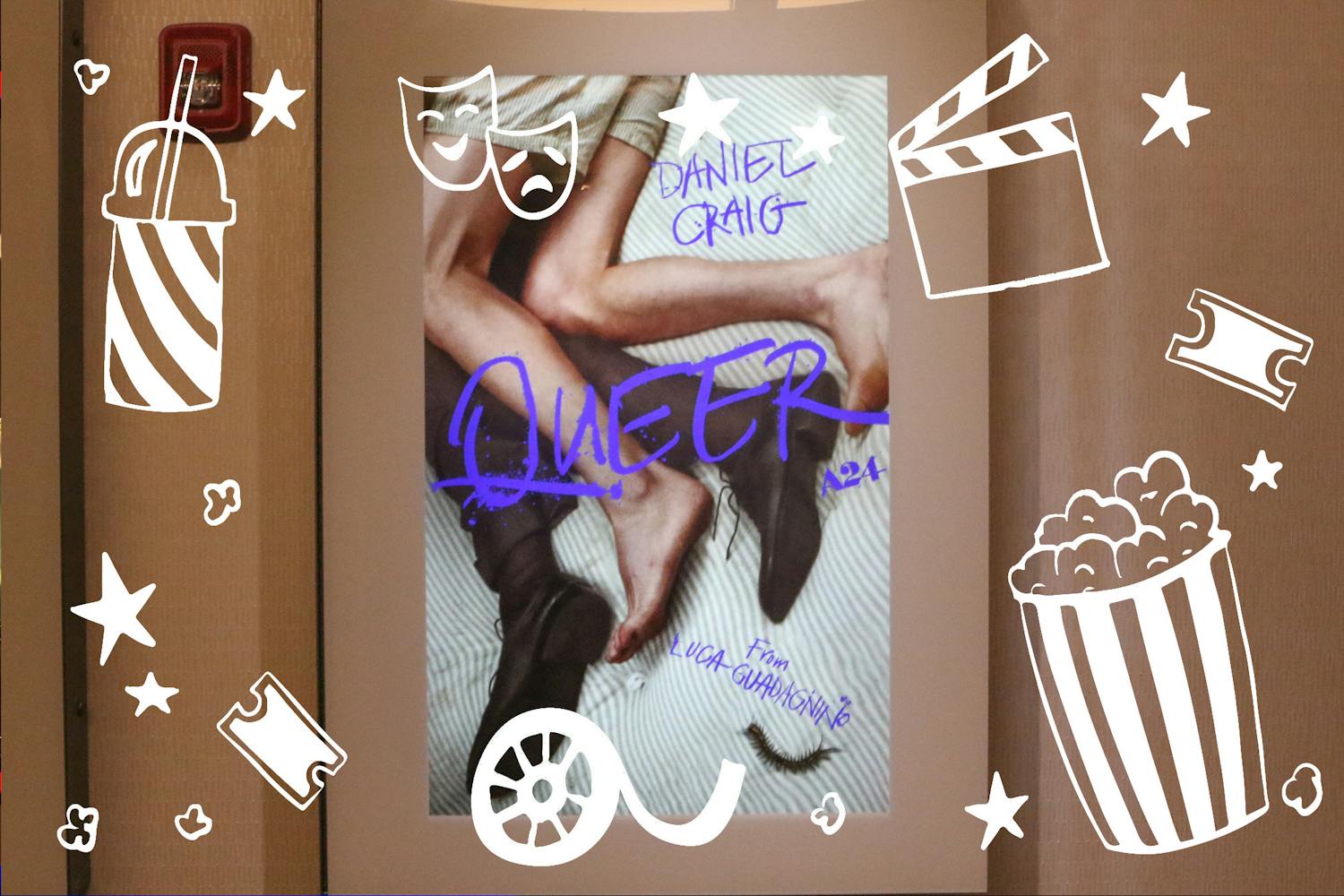Americans have been accruing another kind of debt. If it’s not credit cards and sub-prime mortgages, it’s the education of our children, student loans.
Even as I write this, one of my browser tabs is fixed on the Sallie Mae website, a federally funded student loan provider. And I’m not doing research. This is real.
I’m reading over the terms of a student loan that I was recently approved for. “There is no limit on the amount the interest rate can increase.”
This sentence, though not even emboldened, is what sticks out to me the most. It’s as if it was written by some sci-fi author with a bad sense of humor and a bleak outlook on the future — perhaps a line of dialogue from the CEO of AMERICACORP. Lock the shackles, throw away the key, one right-click and you can E-sign your life away.
And as I come to the realization that it’s not a matter of if but when this whole thing comes crashing down, I’m left wondering just how much exactly that number will increase.
Even if by some off chance my future excuse for a writer’s salary allows me to make payments on time, what about the thousands of other students who borrowed money to finance their American dream of higher education?
Are there going to be jobs across the board in this bleak market for the next big influx of college graduates?
Dennis Cauchon of USA TODAY reports, “the highest default rates are at for-profit schools that tend to serve lower-income students and offer courses online. The University of Phoenix, the nation's largest, got 88 percent of its revenue from federal programs last year, most of it from student loans.”
According to the U.S. Department of Education, 15.96 percent of students with loans here in Arizona have defaulted on their payments. I don’t really see a light on the other side of tomorrow if we’re all entering the working world with $40,000 or more in debt.
According to The Federal Reserve Bank of New York, Americans now owe more on student loans than we do on credit cards. Yet, unlike credit card debt, a student loan can’t be shed through bankruptcy and the longer you take to pay it off, the more expensive it becomes.
A big portion of students who rely on government subsidized or private loans are students who never planned on borrowing in the first place. The economy went bad and a lot of families with children in college lost their jobs. We’re victims of circumstance.
Despite the risk, I still want to believe that taking out a student loan is worth it. As we’ve witnessed in today’s globally competitive market, a college degree is essential.
Maybe, in the end, we’re not waking up from the “American Dream,” so much as the dream has changed. Suburbia or survival? And to say we shouldn’t dream, well, that would go against everything I believe in.
Share your American Dream with Ben by emailing Bkarris@asu.edu Click here to subscribe to the daily State Press newsletter.



